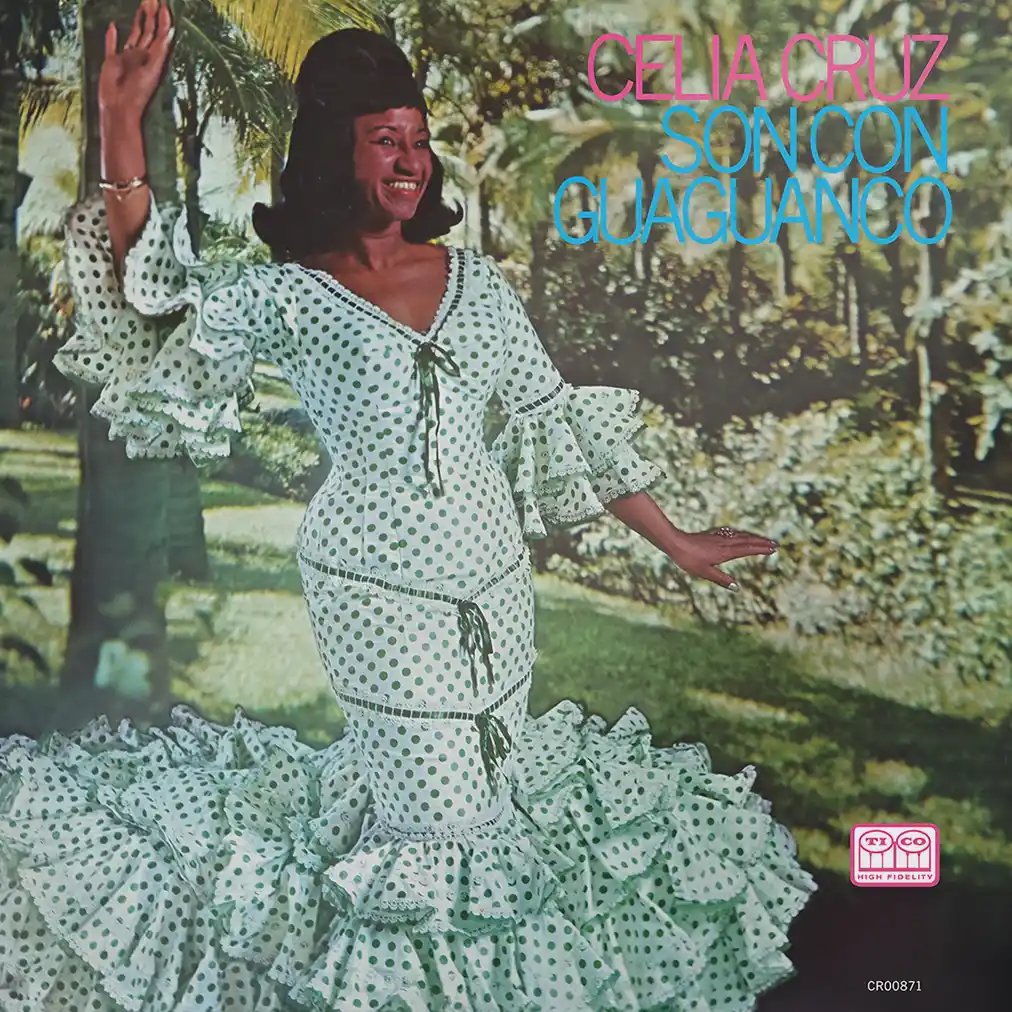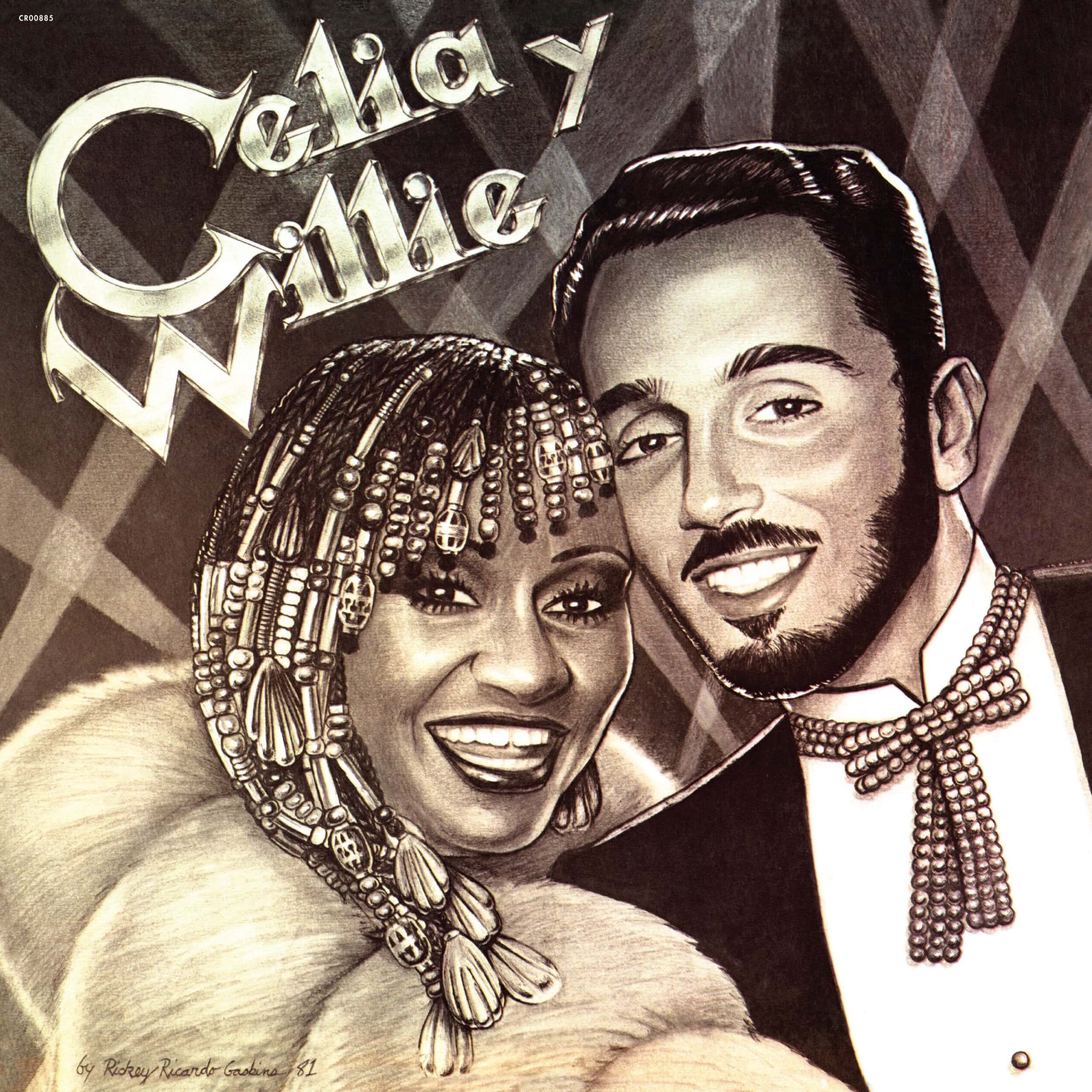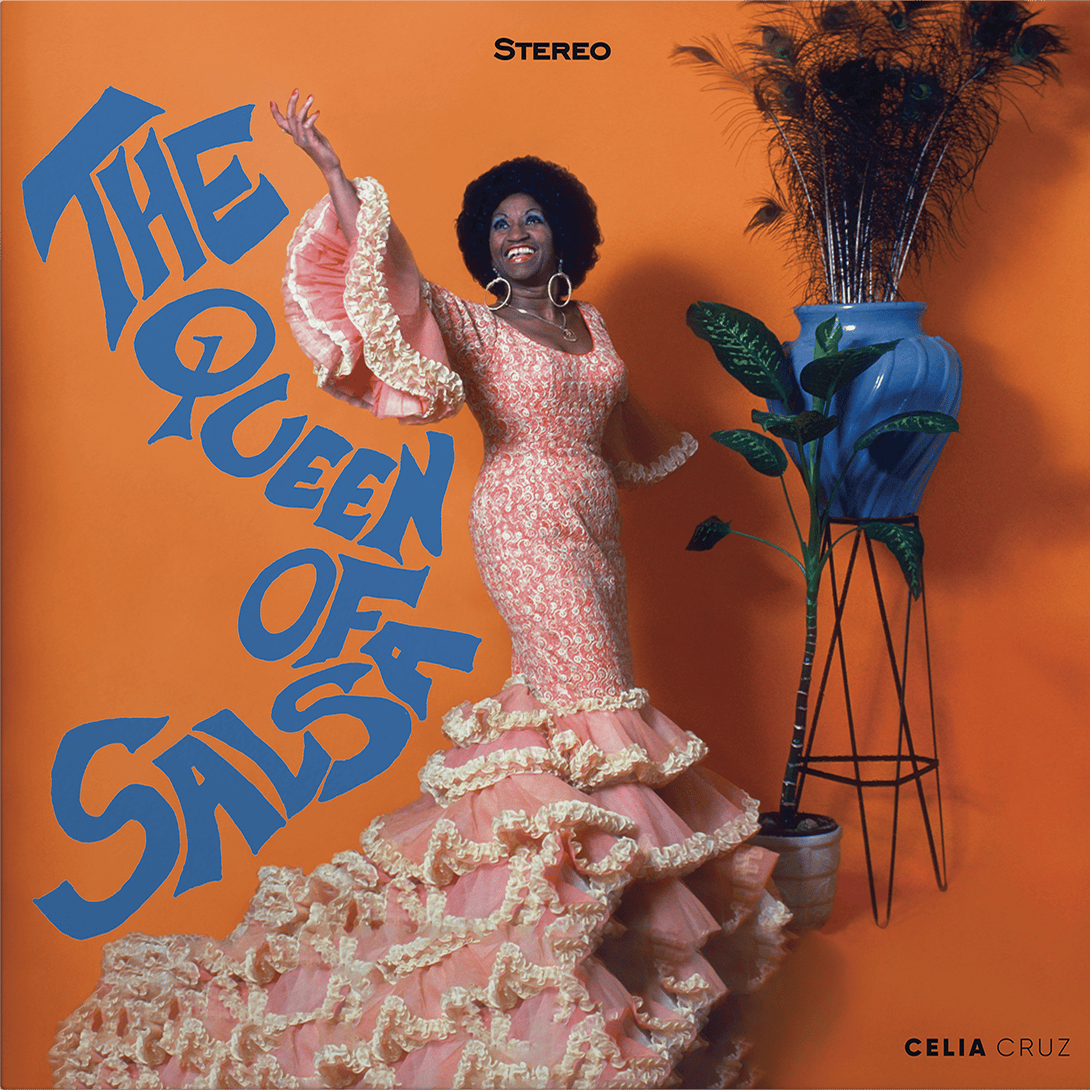
Known around the world as “The Queen of Salsa,” Celia Cruz was a revered icon, a pioneer of the “AfroLatinidad” sound and style, and one of the most popular Latin artists of the 20th century. Today, as the Cuban singer’s influence continues to reverberate in popular culture, Fania proudly celebrates the centennial of the larger-than-life star. Throughout the year, we will honor Celia through a series of vinyl and digital reissues, playlists, unique content, and more. Scroll through this page to find the latest information on Celia Cruz Centennial releases, and more. We will update this page throughout the year.
As one of the most influential Latin artists of all time, Cruz was honored throughout her life and beyond with numerous awards, exhibits, commemorative stamps, samples by major artists, and tributes, including a National Medal of the Arts, a Smithsonian Lifetime Achievement Award, a star on the Hollywood Walk of Fame, ten GRAMMY Award nominations and a posthumous GRAMMY® Lifetime Achievement Award. Cruz was also inducted into the Billboard Latin Music Hall of Fame and the International Latin Music Hall of Fame, among others, while in 2024, she became the first Afro-Latina to appear on U.S. currency through the American Women’s Quarter Program.
centennial Events
Celia cruz centennial Releases
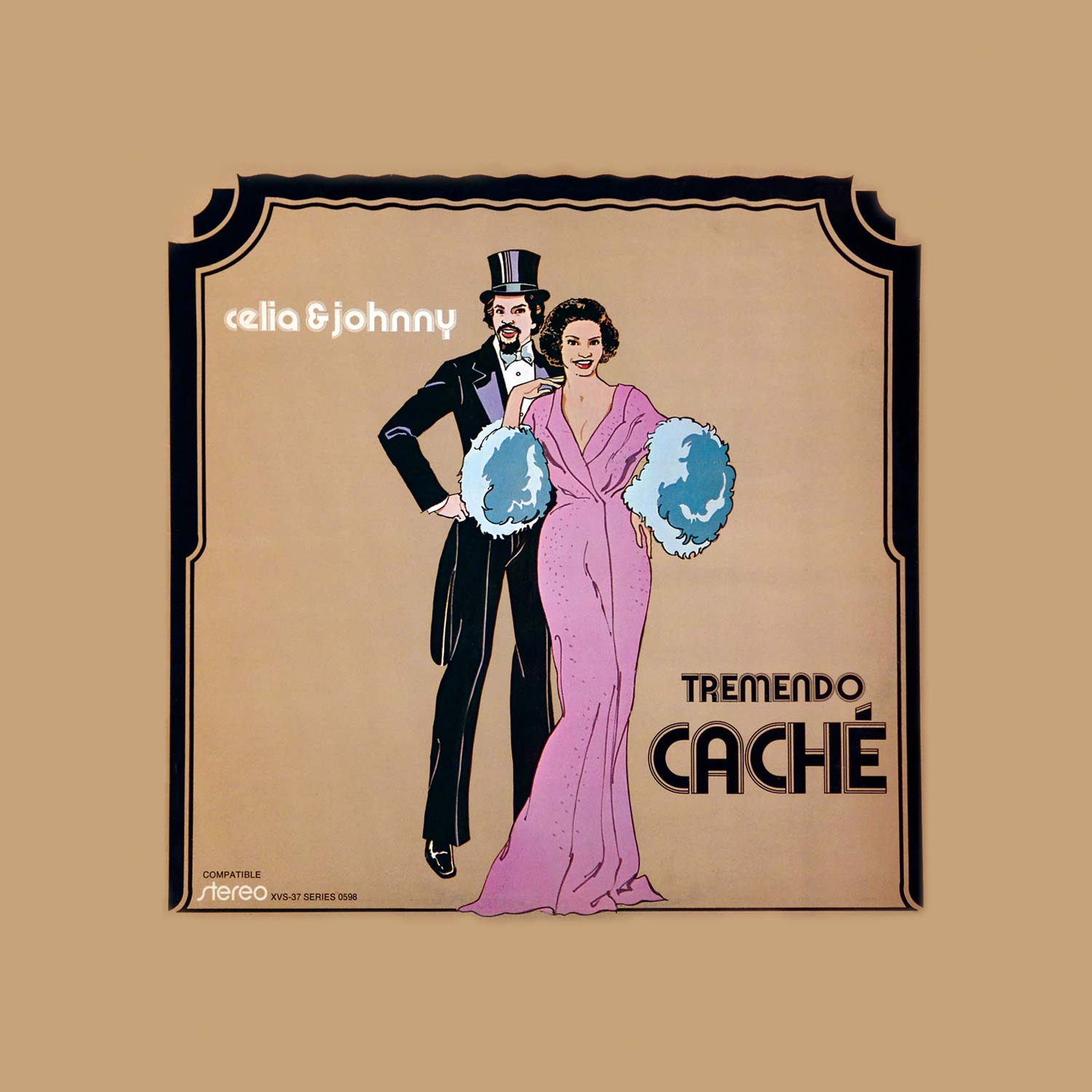
Artist: Celia Cruz & Johnny Pacheco
Title: Tremendo caché (50th Anniversary) (LP & Digital Reissue)
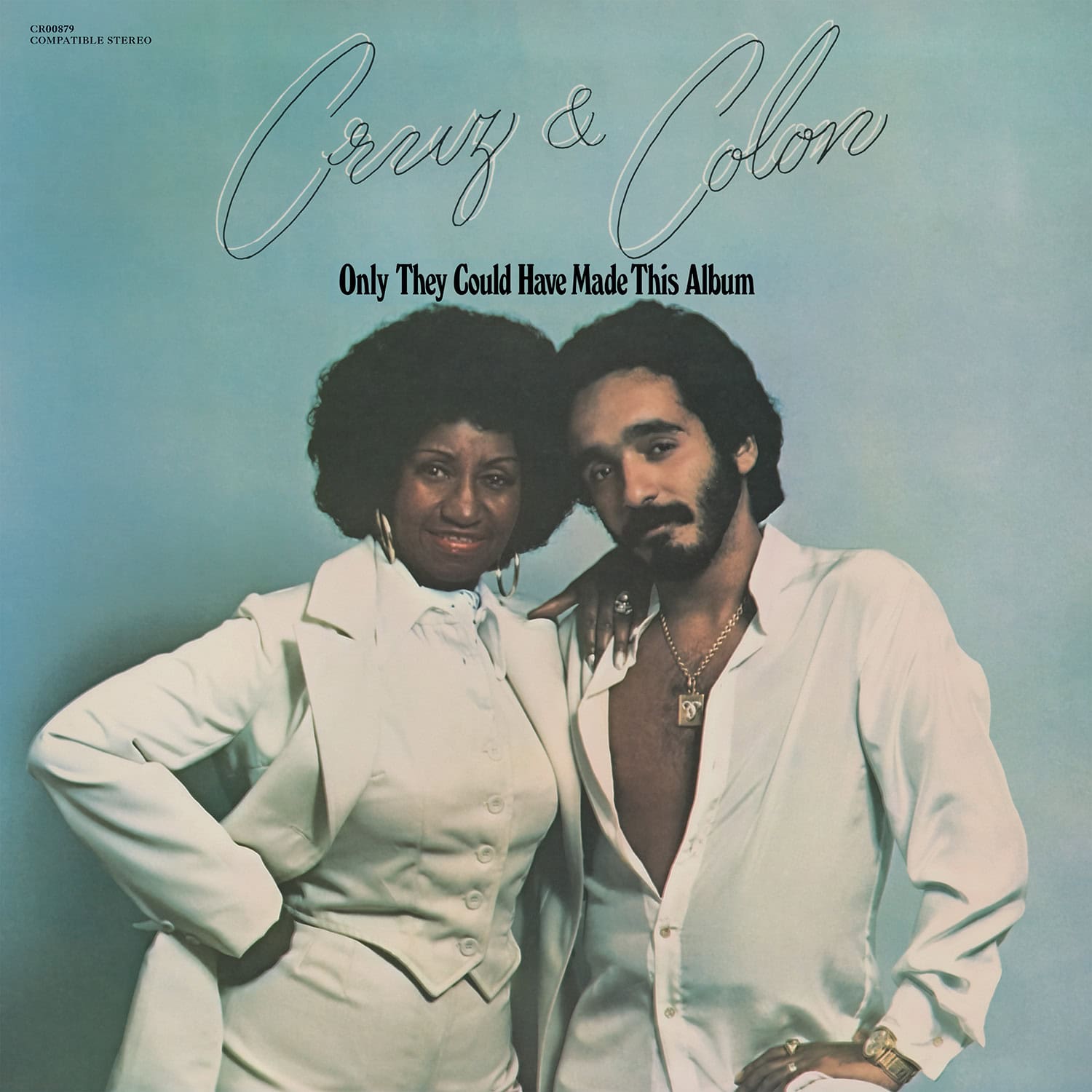
Artist: Celia Cruz & Willie Colón
Title: Only They Could Have Made This Album (RSD Exclusive LP)
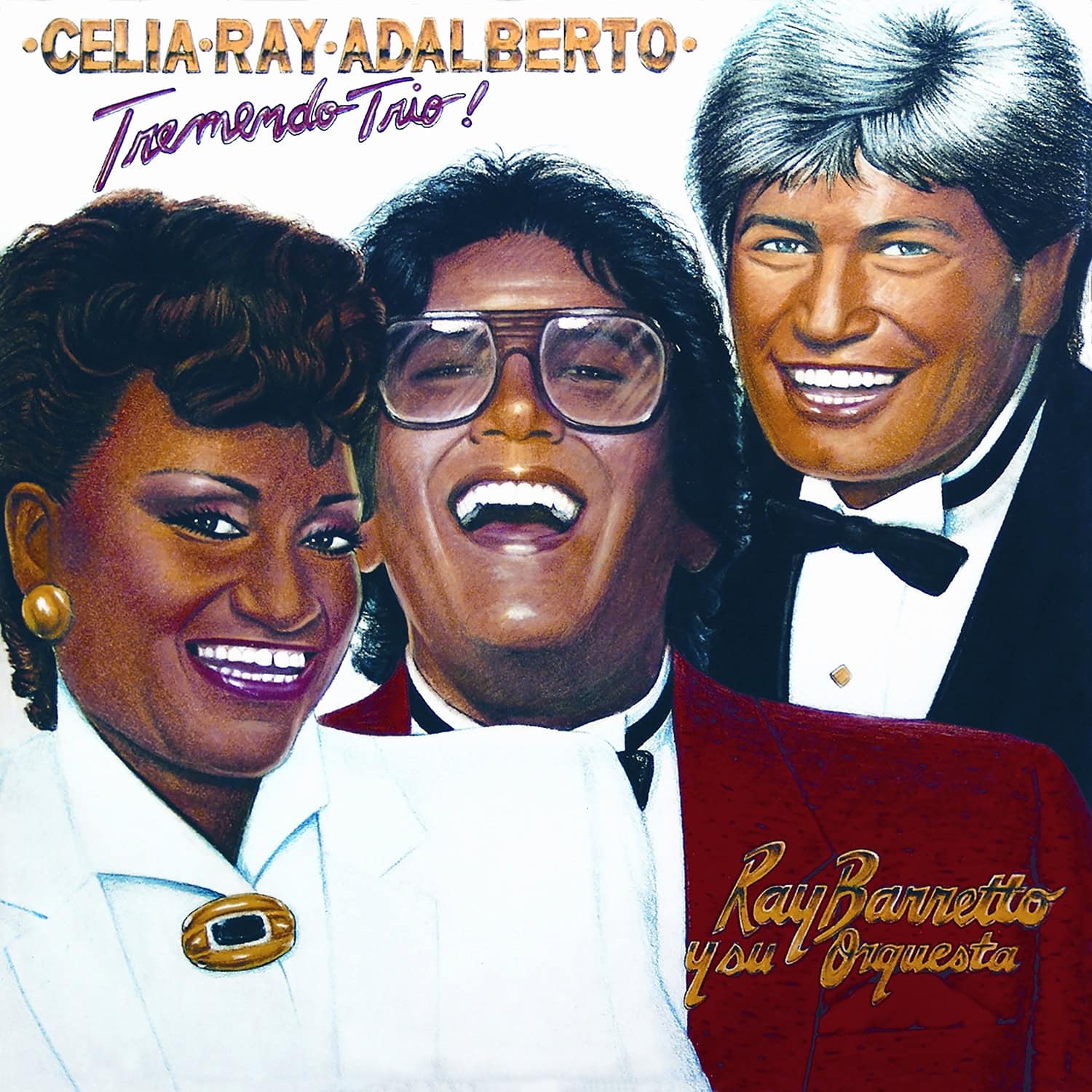
Artist: Celia Cruz, Ray Barretto & Adalberto Santiago
Title: Tremendo Trio! (LP & Digital Reissue)
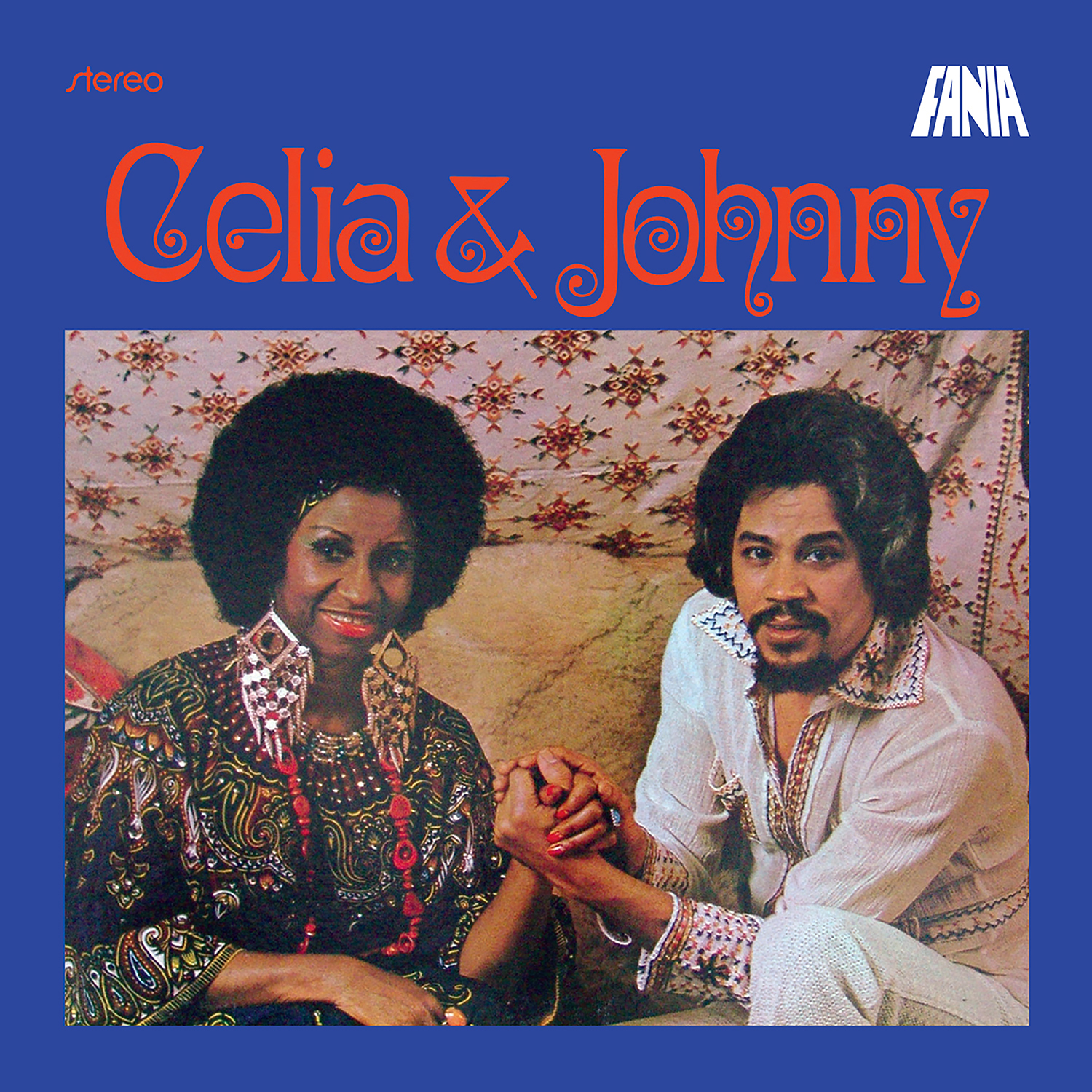
Artist: Celia Cruz & Johnny Pacheco
Title: Celia & Johnny (Remastered 2024) Digital Album Reissue
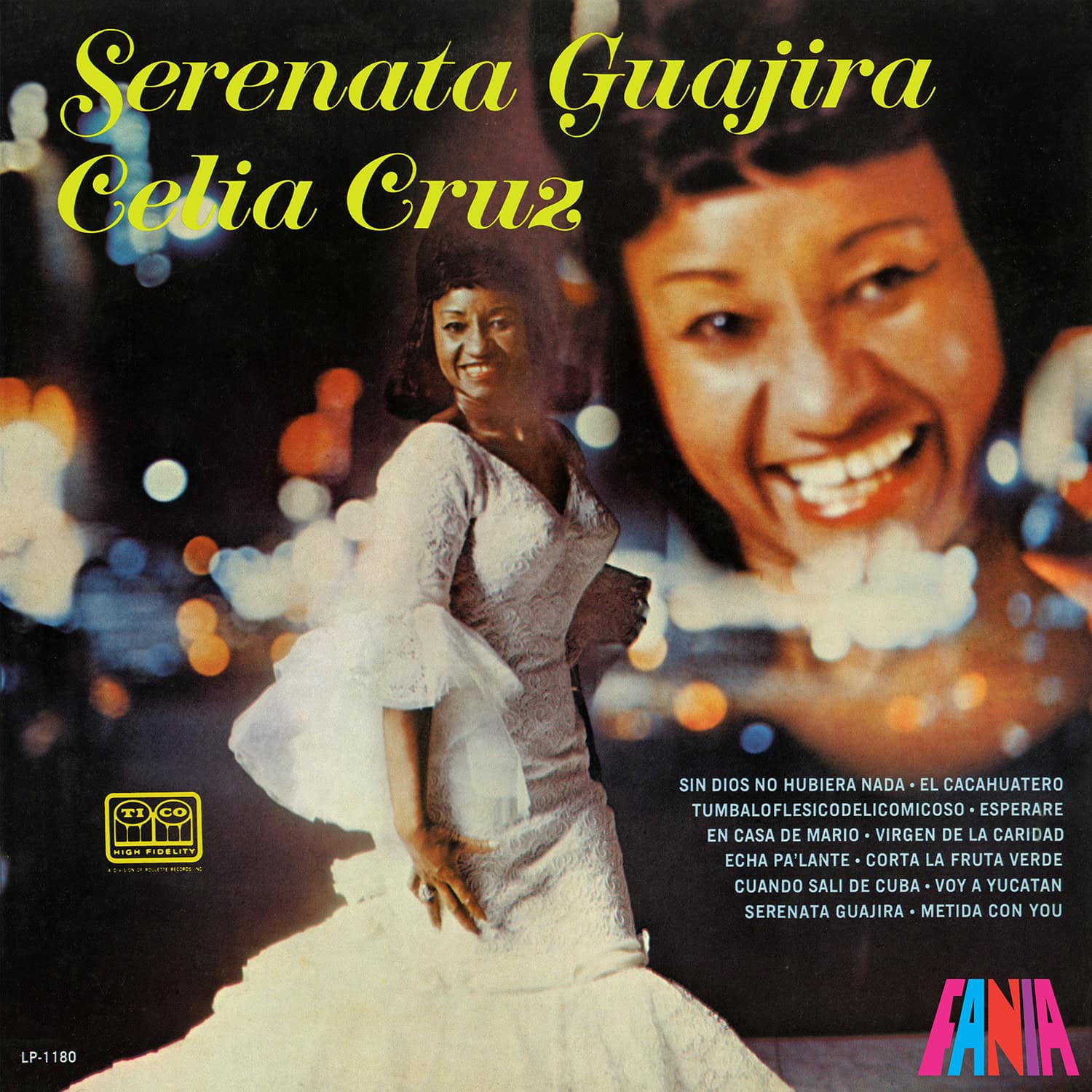
Artist: Celia Cruz
Title: Serenata Guajira (Remastered 2025) Digital Album Reissue
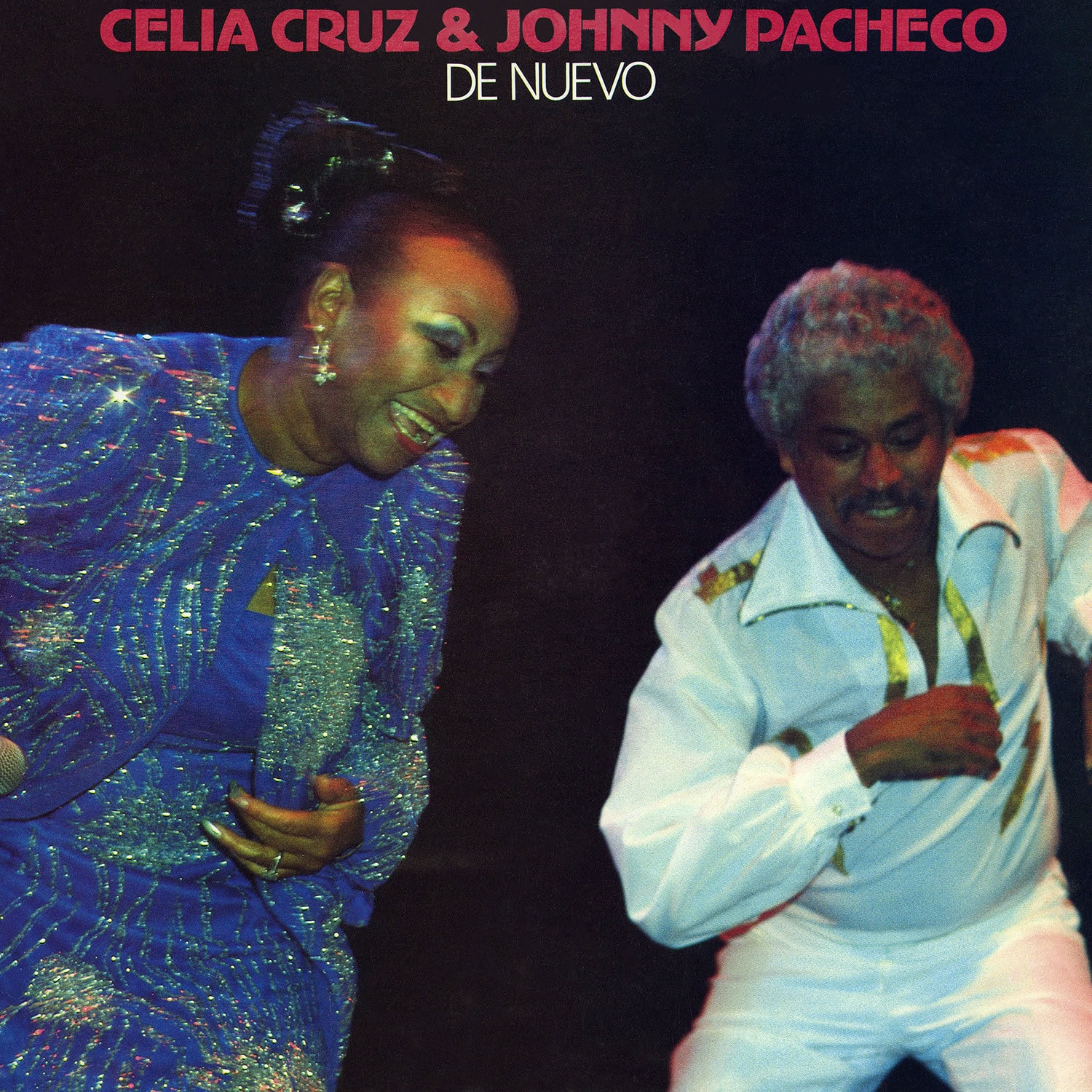
Artist: Celia Cruz & Johnny Pacheco
Title: De Nuevo (LP & Digital Reissue)
Videos
Celia Cruz - The Queen of Salsa (Official Trailer)
Celia Cruz, Ray Barretto & Adalberto Santiago - Tremendo Trio - Reissue (Official Trailer)
Celia Cruz & Willie Colón - Celia y Willie - Reissue (Official Trailer)
Celia Cruz / Johnny Pacheco - Tremendo caché - Reissue (Official Trailer)
Celia Cruz - Son con guaguancó - Reissue (Official Trailer)
Celia Cruz y Willie Colón - Cucurucucú Paloma (Letra Oficial)
Celia Cruz y Willie Colón - Mi Caso (Letra Oficial)
Celia Cruz y Willie Colón - Dos Jueyes (Letra Oficial)
Celia Cruz - Bemba Colorá (Letra Oficial)
Celia Cruz & Johnny Pacheco - Tres Días de Carnaval (Letra Oficial)



